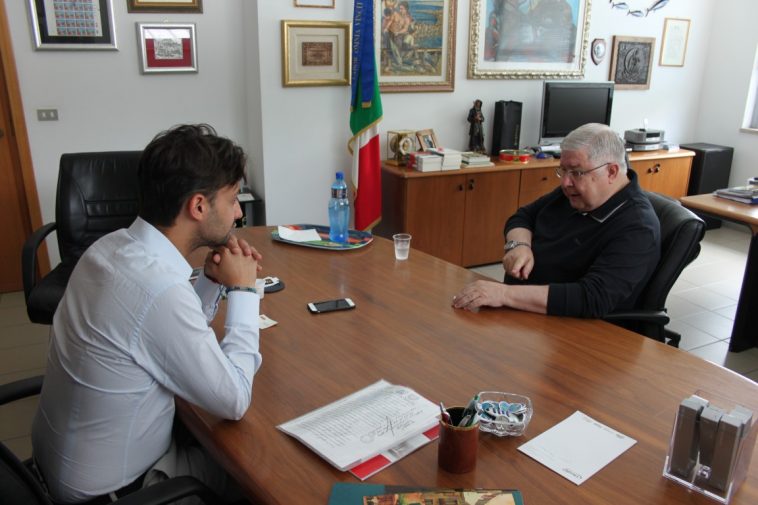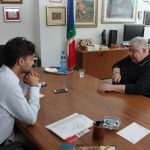Interview with Filippo Callipo, the kind of Calabria we like and makes us proud.
Mr. Callipo built an empire, both human and economic, pursuing a groundbreaking business model as a result of a long experience, a visionary inclination.
“Let me show you something. Look at the last page and read what’s written under the picture of that little boy…”
Mr. President, the story of your company, the Callipo, it’s a very intriguing one. Your company has a century-old tradition and it’s the only high-profile business both in Calabria and on a national scale.

I’d start with a general overview, if you don’t mind, then we might explore those points that struck you the most. Lamezia’s port has always been represented, on the maps, with leaping tuna. Indeed, our sea has always been full of tuna, our lukewarm water it’s perfect for their reproduction, for their eggs. The fishes would reach the surface of the sea you could see them leaping. They would migrate from Sardinia, reproduce here in Lamezia’s gulf, afterwards they would move on to Sicily where they would swim through Milazzo, Palermo and finally reach the other side. Going back through the Straight of Messina, the tuna would return to Sardinia again. That is why they had different nicknames based on the phases they were in: coming-tuna and going back-tuna. Those can be considered actual business classifications, for the going back-tuna was considered a less refined product, its meat being darker than the coming-tuna, it’s already a tired fish, not so fat anymore.
Tuna fishing it’s a typical activity of this area. Between Tropea and Pizzo, in a town called Sant’Irene, there can still be found basins carved into the tuff, it’s where they used to stock the tuna, with salt, you know salt was the only way to preserve food back in the past.
The majority of this product would be sold in this very area, there weren’t roads nor proper freezer trucks. Pizzo’s fished tuna could go as far as Lamezia thanks to small carts pulled by horses. Sometimes one could reach even Vibo or Sant’Onofrio, but never beyond those cities. The unsold fish would go to waste.
As you can see from the document in the frame on the wall, my great-grandfather started the business in 1913. That document is the very first record of the company. My great-grandfather founded this company and worked there together with his two sons, they would fish tuna during the months of May and June. On a later date, they started dealing with other import-export products. The coming-tuna can be fished only in May and June because after that, it goes down and hides in the depths of the caves where it lays down the eggs. From this moment on, it’s impossible to see the tuna again. This is the starting point of our business; they were two brothers, my great-grandfather and they were later joined by a third brother. Then my great-grandfather Giacinto died and of course the busiess passed down from generation to generation. You’ll understand my son’s name’s Giacinto, of course. Continue reading by clicking Next >


